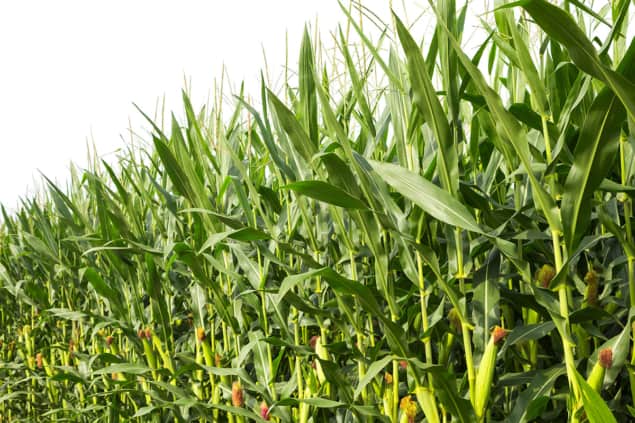
Between 2008 and 2012 expansion of cropland in the US released carbon each year equivalent to the running of 36 coal-fired power plants, according to scientists in the US.
“Folks can easily see and understand how tropical deforestation removes carbon from the landscape and emits it to the atmosphere as carbon dioxide,” says Seth Spawn of the University of Wisconsin–Madison, US. “But in the US and other more temperate areas, land-use change disproportionately affects grassland ecosystems where – being stored underground – the vulnerable carbon is far less visible, but nevertheless abundant.”
The total emissions from this uprooting of millions of hectares of grassland were roughly the same as those from deforestation of the Cerrado, Brazil’s vast tropical savannah, the scientists say.
“We tend to neglect what we can’t see,” adds Spawn.
In the past, carbon stored in grassland has also been hidden from scientific instrumentation. But recently, improved US maps of soil properties have enabled scientists like Spawn and colleagues to know where the carbon lies, and how it is affected by land-use change.
The researchers overlaid these maps with new, high-resolution maps showing the precise locations of nearly seven million acres of farmland that were first cultivated between 2008 and 2012. Then they used statistical models to estimate how much of the carbon at those sites was released to the atmosphere during cultivation.
The total emitted was more than 38 million tonnes of carbon a year for 2008–2012. Depending on the region, that’s up to 14 times greater than estimates made by the official US greenhouse gas inventory – a discrepancy that warrants further study. “It suggests the US government could potentially be under-reporting emissions from land-use change,” says Spawn.
Spawn believes that emissions like these could be avoided via land retirement and preservation programmes, if enrolment criteria were expanded to include the carbon buried in grassland. A study by a large US team last year concluded that avoiding emissions from land-use change and mismanagement alone would allow the US to meet its obligations to the Paris Agreement.
Spawn also points out an irony of the land-use change – much of it could have been motivated by meeting the US mandate for biofuel, which is supposed to reduce greenhouse-gas emissions. For that reason, he and his colleagues are working with economists to see how biofuel policy could be driving emissions.
In addition, the researchers are integrating their emissions model into life-cycle assessments, to understand how emissions from land-use change are linked to those from products derived from crops.
“In recent years, we’ve seen relatively high rates of cropland expansion in the US,” says Spawn. “While the tendency is to ignore the potential carbon implications of these changes because the carbon isn’t standing there in the open, our study suggests that these are not changes to be taken lightly.”



